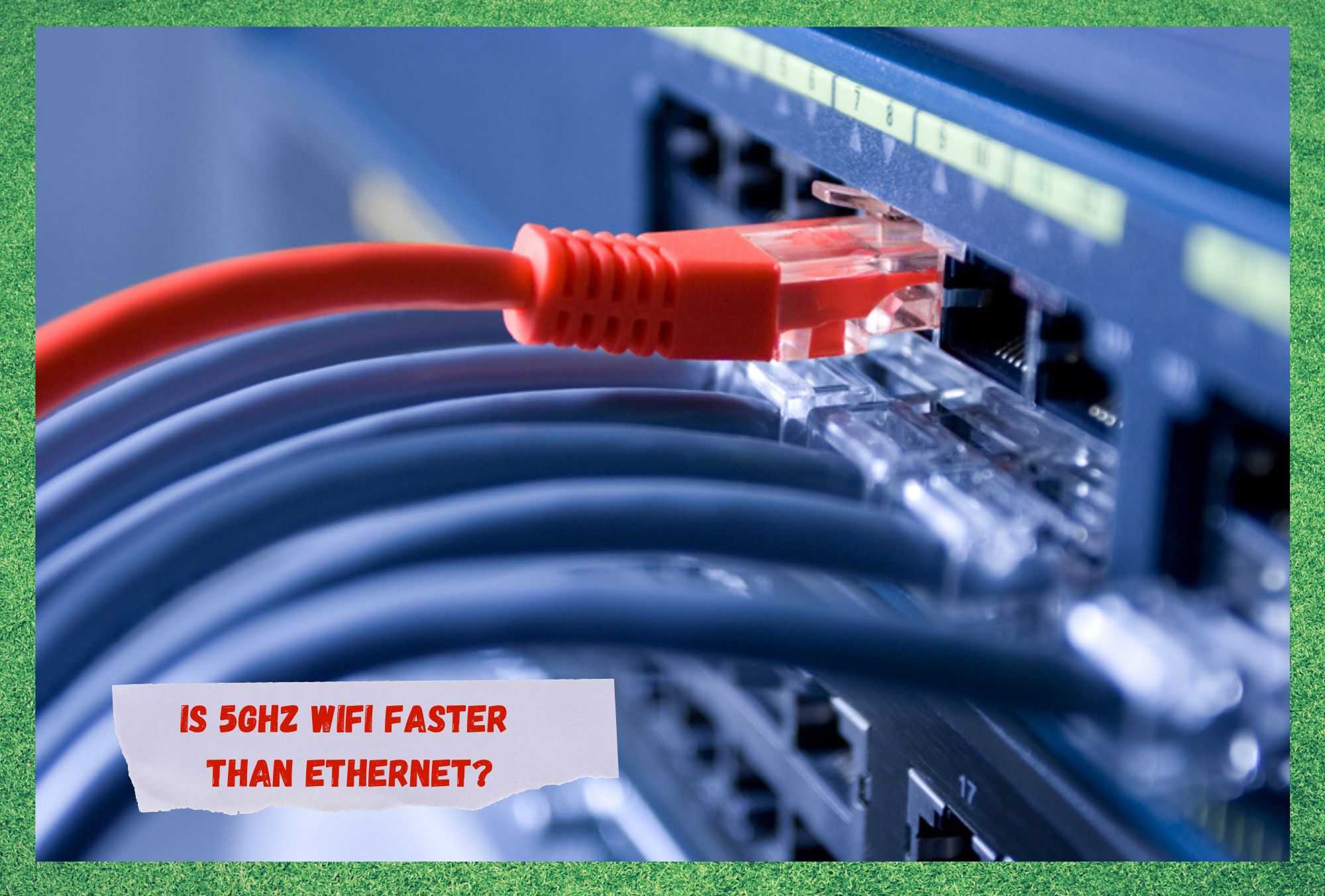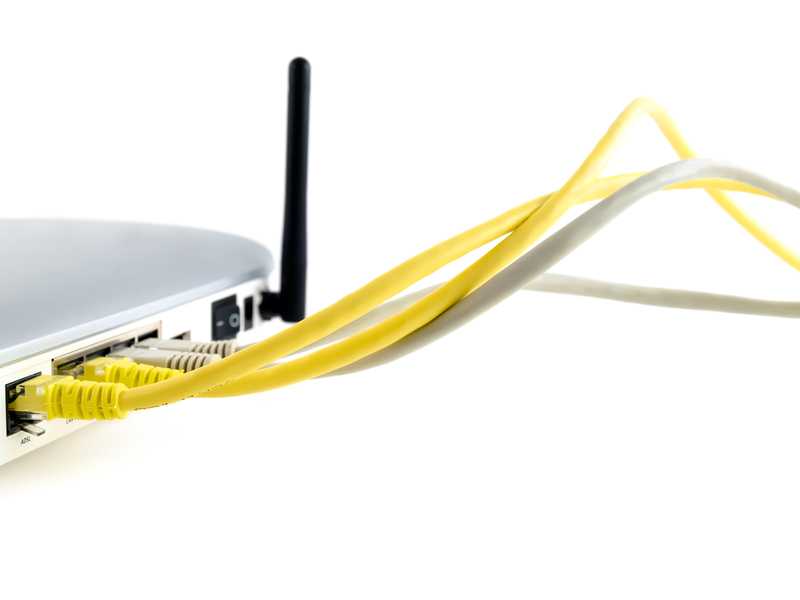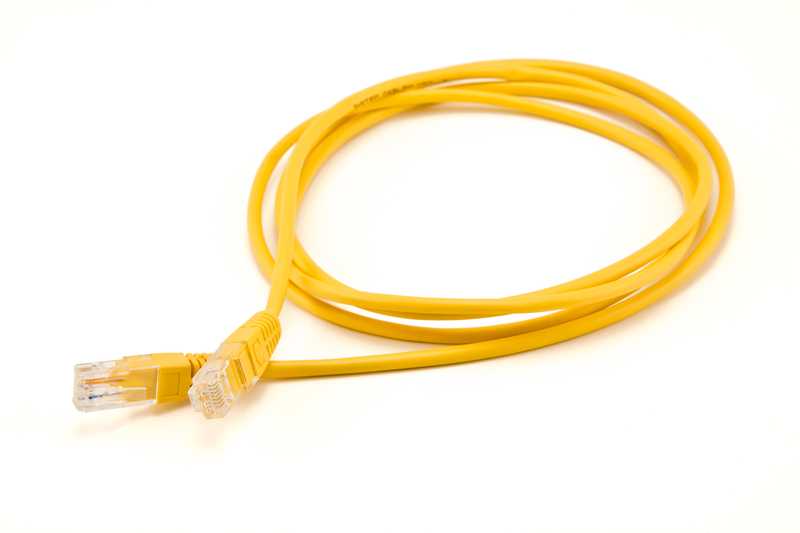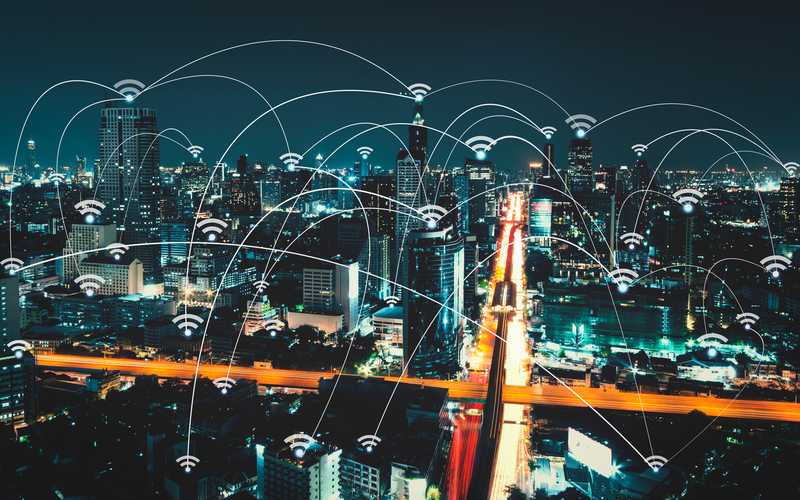
Since the advent of the wireless network, internet users have gotten a new option for their home and office connections.
The older cabled type could be left to fall into disuse as the wi-fi networks could deliver signal to a multiplicity of devices within its range. However, not everyone chose that option, as for them, the higher stability of a wired connection brought better results.
This battle between wi-fi networks and cabled connections – also referred to as Ethernet – has been going on for years as manufacturers and developers harness the power of new technologies.
Even to this day, many still haven’t made up their minds and end up using a hybrid form of it, switching from Ethernet to wi-fi whenever it suits them.
However, which kind is more effective? Where can users get the best speed, stability, or simply a better overall performance?
Should you find yourself asking these questions, bear with us as we walk you through all the relevant info you need to come to your own conclusion. So, without further ado, here is all you need to know regarding the comparison between wi-fi and Ethernet connections.
Is 5GHz WiFi Faster Than Ethernet?
Most routers nowadays are not even running only the 2.4GHz band anymore. These are called dual-band routers and they have both the 2.4GHz and the 5GHz bands.
At first glance, we can notice the first difference should concern the speed of the internet connection.
However, that is not the only difference, so let us walk you through the different types of connections so you can compare them and choose the one that best suits your network demands.
What Is The 2.4GHz Wi-Fi Band?
The 2.4GHz wi-fi band is still largely used throughout the world. As some places haven’t been able to afford the upgrade to the 5GHz band, as carriers normally offer the higher speed plan for a more expensive fee, many users end up having to use the lower speed band.
On the flip side, there are still areas where the 5GHz band wi-fi doesn’t have coverage. Also, due to the fact that the 2.4GHz band runs through lower frequency radio waves, they tend to withstand obstacles better than the 5GHz band and its shorter radio waves.
On the other hand, more devices use the lower speed frequency, which means the data pools are shared by more users. This can mean the 2.4GHz frequency signal might suffer more interruptions.
Regarding the coverage area, also due to its larger radio waves, the 2.4GHz beats most of the 5GHz wi-fi band in length. This means it’s still a solid option for homes and businesses, even with the 5GHz being aggressively marketed and sold nowadays.
What Is The 5GHz Wi-Fi Band?
As mentioned before, the 5GHz wi-fi band is faster. This is mainly due to the fact that it runs through shorter radio waves, which are lighter and allow the transmission to happen at higher speeds.
But, it isn’t only the higher speeds that set the 5GHz band above its predecessor. The strength of the signal is enhanced as the radio waves can be distributed throughout the coverage area in a shorter time.
Apart from the new 5Ghz wi-fi technology, the 802.11ac, which actually enhanced several aspects of the wireless network, the 2.4GHz still beats the newer one in terms of coverage area.
Surely, since the 5GHz wi-fi band has been around for quite a long time, most devices are compatible with both bands. However, especially in more remote areas, there are still routers that are not able to run the faster frequency, so compatibility might have to be taken into account here.
Another point that should be taken into consideration when opting between 2.4 or 5GHz wi-fi bands is the IoT compatibility . IoT, for those who are not acquainted with the term, stands for Internet of Things and is the availability of connecting home appliances and devices to wireless connections.
These connected devices deliver enhanced experiences as they allow different and more advanced forms of controlling their features.
What Is An Ethernet Connection?
The greatest difference between Ethernet and wireless networks is that the first is a wired type data transfer connection, which means it needs a cable. Although, at first sight, that might seem like a step back concerning the newer internet connection types, it has its qualities.
Starting with the higher stability, Ethernet connections run through cables, which means they are way less prone to suffer from obstacles than the radio waves of wi-fi networks.
Due to the same reason, Ethernet connections are able to reach higher speeds than both the 2.4GHz and the 5GHz wi-fi bands. That is the main reason why gamers, streamers, and other high-data usage user profiles opt for this kind of connection.
Regarding the speed of the Ethernet connection, it doesn’t match the 5GHz when in its 10Mbps or 100Mbps. However, the 1000Mbps Ethernet connection type beats all wireless network types in that aspect, especially due to its higher stability.
This also helps make the Ethernet connection a better option for users who seek higher speeds and stability.
Therefore, should speed and stability be your main concern, Ethernet connections are definitely the best option. However, as they are a cabled connection type, they tend to stand behind wireless networks in range.
Running cables through buildings is not as practical as simply connecting to a network through routers. Additionally, Ethernet setups rarely allow more than one simultaneous connection.
Wireless networks, on the other hand, allow a multiplicity of devices to be connected at the same time.
In the end, 2.4GHz wi-fi bands are more stable and have a larger coverage area than the newer 5GHz wi-fi band but fall severely behind in speeds. Ethernet connections deliver higher stability and even speed than either of the two wireless network bands, especially if properly set up.
This proper setup might be a hassle, but once it is done, users can enjoy the renowned stability of a cabled connection at speeds not even 5GHz can reach.
However, because wi-fi networks allow a multiplicity of devices to be connected simultaneously, they may be the best choice for most homes and offices.
Finally, to make it even easier for you to understand the particularities of each connection type and make a better decision, here is a comparison table.
By that, we hope to help you further grasp the main aspects that differ or bring the three connection types together.
| Type of Connection | 2.4 GHz Wi-Fi | 5GHz Wi-Fi | Ethernet (cabled) |
| Speed* | 450 Mbps (lower) | 1300 Mbps (higher) | 1000 Mbps (highest) |
| Stability | Great | Fairly good | Outstanding |
| Range | 150-300ft or 46-92m | About 50ft or 15m | As long as the cable reaches. |
| Compatibility | Most IoT devices and all routers | Some IoT devices and not all routers | Relies on an Ethernet port |
| Practicality | Easy setup | Easy setup | Harder setup |
| Number of Connections | Multiple | Multiple | Rarely more than one |
| Transmission Type | Larger radio waves | Shorter radio waves | Ethernet cable |
*because 5GHz wi-fi networks never reach their top performance, Ethernet connections deliver an overall faster speed.
On a final note, should you find out about other interesting aspects that differ or bring together the 2.4GHz, and 5GHz wireless networks, and the Ethernet connection, make sure to let us know.
Drop a message in the comments section and help your fellow readers make a better decision. Moreover, every piece of feedback helps us build a stronger and more united community. So, don’t be shy and tell us all about what you found out!




